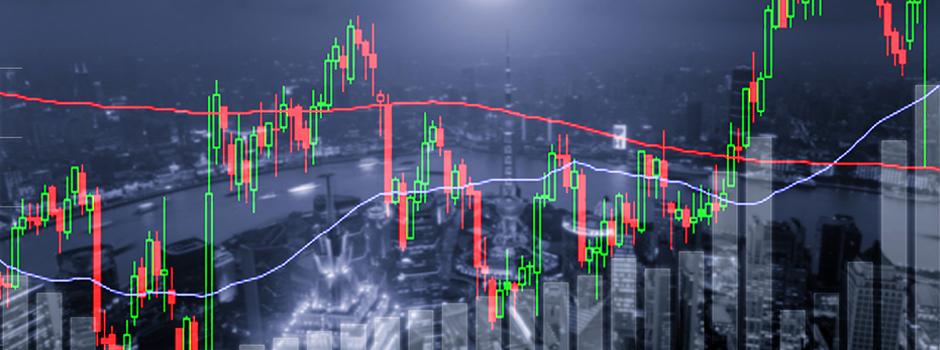On November 17, the Volatility Institute (VINS) at NYU Shanghai hosted its third annual conference investigating the potential impacts of derivatives trading on market volatility, especially in China and the United States.
Sponsored by China Financial Future Exchange and China Hedge Fund Research Center, this year’s conference discussed the dynamics of market volatilities in both developed and emerging economies where derivatives are increasingly being introduced to financial markets.
The conference received more than 100 submissions from researchers all over the world ranging from asset pricing, corporate finance, market microstructure, capital markets and international finance, of which eight were selected for presentation and discussion and five more were showcased in the poster session.

In his welcome remarks, Wang Jianye, Visiting Professor of Economics and Director of VINS, said the institute, on its third anniversary, has fulfilled its goal of creating opportunities for research and collaboration on “the study of risk in global financial markets with a focus on China and the US.”
“China is changing. Over the past three years, its financial markets have become bigger and more open; awareness of financial risk has also been increasing among policymakers and the public,” Wang said, adding that advances in FinTech, Artificial Intelligence and blockchain technology have profoundly changed the financial industry and central banking. “There are no shortages of intriguing policy and academic problems for research,” he said.
Wang Jiang, Mizuho Financial Group Professor at MIT, delivered a keynote speech at the end of the morning discussion, explaining the “dark side” of circuit breakers as a means to reduce excessive volatility and improve price efficiency. By comparing the practices of circuit breakers in the US and China, Prof. Wang advised policymakers to beware the dangers of using historical data to estimate the likelihood of circuit breakers being triggered after implementation.
In the afternoon session, Nobel Prize laureate and NYU Professor of Finance Robert Engle, on his third appearance at the VINS annual conference, discussed SRISK -- the capital shortfall a financial institution needs to raise in order to function normally during a crisis.
Using several relative measures, Professor Engle explained the current and historical SRISK in global and Asia monitored by VLAB of NYU Stern School of Business.
“If SRISK is a large fraction of GDP, regulators will be particularly anxious to reduce taxpayer exposure,” said Professor Engle. “If SRISK is a large fraction of Market Gap, firms will be unwilling to sell new shares of stock as it will further depress equity prices. And if SRISK is a large fraction of Total Assets, then asset sales will be costly and will likely lead to a fire sale spiral. It is why we think that SRISK/GDP, SRISK/Gap and SRISK/ASSETS are important relative measures in capturing SRISK.”

Following Professor Engle’s keynote speech, a panel discussion addressed heated topics surrounding derivatives and market volatility, moderated by Zhou Xin, Executive Director of VINS. Five leading financiers and scholars offered their insight on the development and prospect of derivatives in Chinese financial markets.
*Read the research story about the Volatility Institute at NYU Shanghai: Measuring Risk


